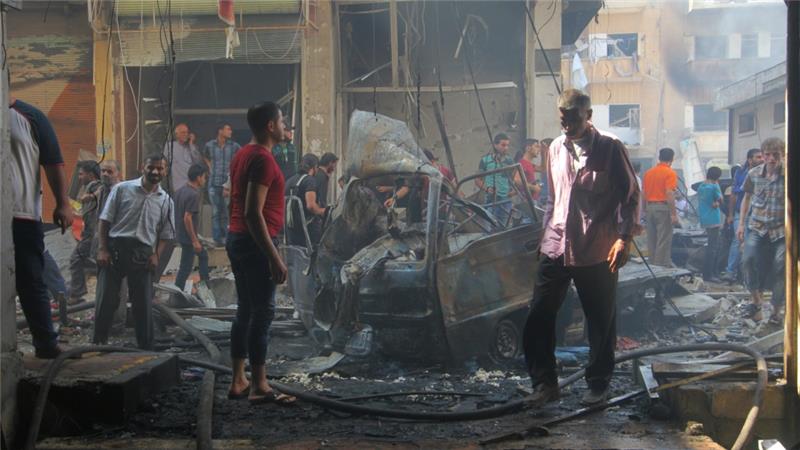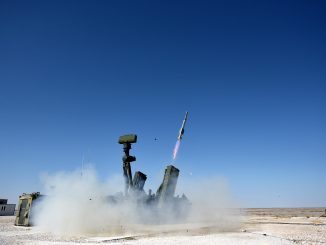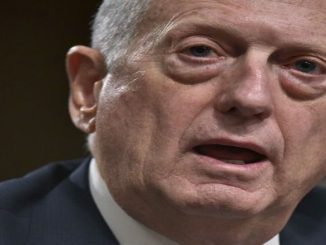
Is the Russia-US agreement on Syria the beginning of the end of the conflict?
Unlikely. The agreement merely reflects a shared commitment to a military strategy, with its major strategic goals being to delink and separate Jabhat Fatah al-Sham (formerly known as al-Nusra Front) and the Islamic State (ISIS) from other rebel groups.
To be sure, the agreement also calls for a cessation of regime bombardment of civilian areas, an opening up of humanitarian corridors, and the demilitarisation of key supply routes – positive measures in the short-term.
However, the agreement cannot possibly serve as a blueprint for a resolution because it fails to set in motion any political mechanisms to do so. Instead, it represents the convergence of interest and strategy between the Americans and Russians, which will ultimately reshape the political possibilities for post-conflict Syria. Once heralded as necessary to ending the conflict, though, this convergence is unlikely to achieve that goal due to its narrow military focus.
For anyone familiar with Syria’s conflict landscape, the strategy of separating Jabhat Fateh al-Sham and ISIS from other rebel groups should immediately be seen as problematic.
Syrian rebel groups, especially Jabhat Fateh al-Sham, are deeply intertwined and embedded in civilian areas. As foreign support has become less reliable over the course of the conflict, armed groups have had to increasingly rely on cooperation with each other to sustain themselves, conduct military operations and hold territory.
While some armed groups were numerically and militarily stronger than others, as was the case with Jabhat Fateh al-Sham, they nevertheless needed to rely on military and administrative cooperation with others to remain relevant on the battlefield. Disentangling these networks will be virtually impossible.
In a previous cessation plan earlier this year, Jabhat Fateh al-Sham ceded to Turkish and rebel requests to withdraw from civilian areas but returned once the cessation agreements collapsed. Such is the fluidity of the military situation on the ground that armed groups can appear and disappear from civilian areas with relative ease.
The latest agreement to cease aerial bombardments on civilian areas has been celebrated by the Americans as a major step forward. This is certainly true, as barrel bombs have terrorised civilians for years – but the agreement only references aerial attacks by regime forces, with no provisions applying to ground forces.
This is destabilising, as there is nothing resembling a central command for the regime today. Russia may indeed be able to ground air attacks, but the same cannot be said for the tens of thousands of militia fighters in Syria who are autonomous from central command. What incentives will they have to adhere to the agreement’s cessation of hostilities?
The opening up of humanitarian corridors will only flood the country with more goods that have been the subject of countless raids by militia fighters. What will be different the day after the agreement is in place? Russian guarantees that it can control violence in Syria – when so much of that violence is diffused and decentralised – may end up being a fantasy.
This may all be both a design and the intended outcome of the agreement, which is quite limited in its scope. Perhaps what we are witnessing here instead is the emergence of a new international consensus on what an acceptable outcome in Syria would be.
After all, the agreement reveals as much by what it contains as what it omits. Previous United Nations Security Council Resolutions, such as 2254 and 2268, were much more expansive in their understanding of the conflict and the measures needed to propel a resolution. This included recognition of the need for political transition and a political solution to the conflict. No such provisions appear to have made their way into this final agreement, with key questions of what will come after the conflict left unaddressed.
Any agreement or process to end the conflict must stretch beyond geopolitics and address the serious, long-term issues that are important to Syrians, including refugee repatriation, prisoners’ whereabouts, transitional justice and reconstruction.
Sadly, the recent agreement between Russia and the United States represents a retreat from past efforts to include these dimensions of the conflict as part of any deal. Focusing solely on the military aspect renders Syrians invisible and portends a bleak future for Syria as a frontline state against ISIS, ensuring continued violence in the country.



